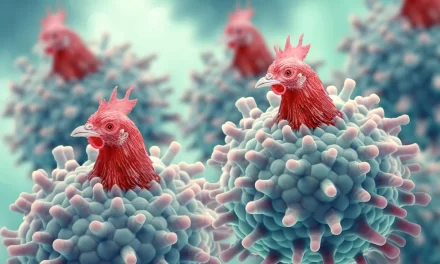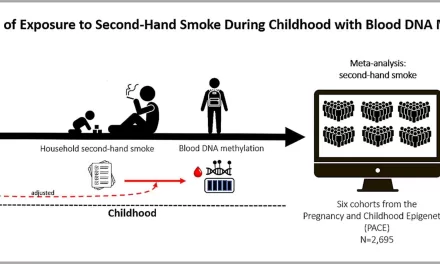Furthermore, the number of health facilities equipped with diagnostic tools and capable of treating patients has expanded (+9.6% compared to a 2019 survey), reinforcing the capacity for passive detection and improving epidemiological knowledge of the disease.
“Such continued progress could not have been possible without commitment and support from stakeholders and the tremendous contribution of Sanofi and Bayer for their medicine donation and funding that has allowed to train thousands of field workers over the years,” said Jose Ramon Franco Minguell. “Thanks to the enormous work of national programmes, we are indeed on the brink of eliminating one of the deadliest neglected tropical diseases as a public health problem.”
The NTD road map for 2021-2030 targets the elimination of transmission of gambiense HAT (prevalent in western and central Africa) and the elimination as a public health problem of rhodesiense HAT, found in eastern and southern Africa. To achieve this, it is essential to maintain the strong commitment of national health authorities and the international community if these goals are to be achieved.
In 2020, Togo and Côte d’Ivoire both received WHO validation for having eliminated the disease as a public health problem. An important element in the process of validation is the planning of activities to sustain the surveillance system, which should be able to detect cases and trigger an adequate response in case of re-emergence or reintroduction of the disease.
Although promising, a recent publication has highlighted the arduous task and challenges of achieving elimination of the disease nationally as a public health problem.
The COVID-19 pandemic has given a stark reminder of how the process of HAT elimination can be threatened by unexpected challenges. At the same time, it has shown the resilience of national programmes, and their ability to react, adapt and maintain a minimum level of activities even in difficult times.












